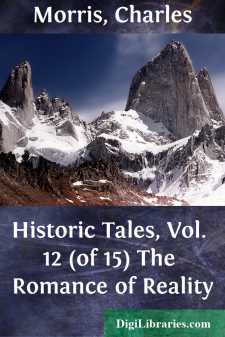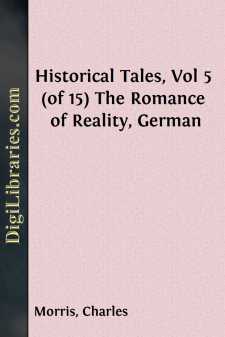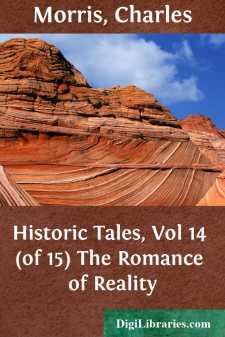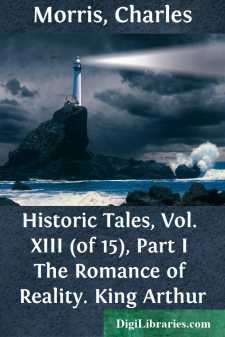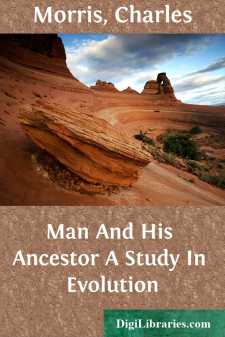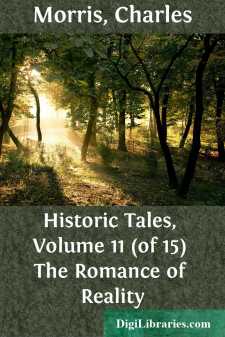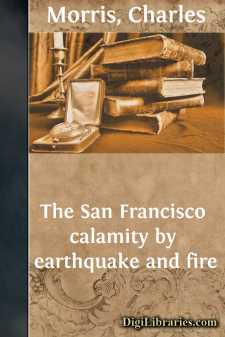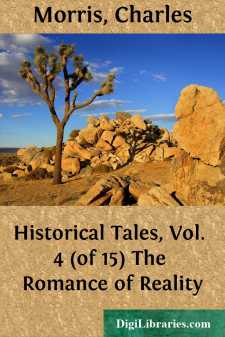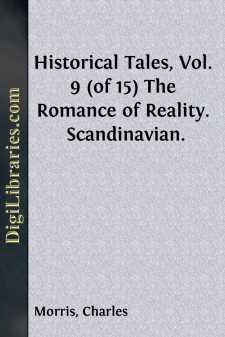Categories
- Antiques & Collectibles 13
- Architecture 36
- Art 48
- Bibles 22
- Biography & Autobiography 813
- Body, Mind & Spirit 142
- Business & Economics 28
- Children's Books 15
- Children's Fiction 12
- Computers 4
- Cooking 94
- Crafts & Hobbies 4
- Drama 346
- Education 46
- Family & Relationships 57
- Fiction 11828
- Games 19
- Gardening 17
- Health & Fitness 34
- History 1377
- House & Home 1
- Humor 147
- Juvenile Fiction 1873
- Juvenile Nonfiction 202
- Language Arts & Disciplines 88
- Law 16
- Literary Collections 686
- Literary Criticism 179
- Mathematics 13
- Medical 41
- Music 40
- Nature 179
- Non-Classifiable 1768
- Performing Arts 7
- Periodicals 1453
- Philosophy 64
- Photography 2
- Poetry 896
- Political Science 203
- Psychology 42
- Reference 154
- Religion 513
- Science 126
- Self-Help 84
- Social Science 81
- Sports & Recreation 34
- Study Aids 3
- Technology & Engineering 59
- Transportation 23
- Travel 463
- True Crime 29
Historical Tales, Vol. 2 (of 15) The Romance of Reality
by: Charles Morris
Categories:
Description:
Excerpt
PONCE DE LEON AND THE FOUNTAIN OF YOUTH.
A golden Easter day was that of the far-away year 1513, when a small fleet of Spanish ships, sailing westward from the green Bahamas, first came in sight of a flower-lined shore, rising above the blue Atlantic waves, and seeming to smile a welcome as the mariners gazed with eyes of joy and hope on the inviting arcades of its verdant forest depths. Never had the eyes of white men beheld this land of beauty before. English ships had sailed along the coast to the north, finding much of it bleak and uninviting. The caravels of Columbus had threaded the glowing line of tropic isles, and later ships had borne settlers to these lands of promise. But the rich southlands of the continent had never before been seen, and well was this unknown realm of beauty named Florida by the Spanish chief, whether by this name he meant to call it the "land of flowers" or referred to the Spanish name for Easter, Pascua Florida. However that be, he was the first of the discoverers to set foot on the soil of the great coming republic of the United States, and it is of interest that this was done within the domain of the sunny South.
The weight of half a century of years lay upon the shoulders of Juan Ponce de Leon, the discoverer, but warm hope burned in his heart, that of winning renewed boyhood and youthful strength, for it was a magic vision that drew him to these new shores, in whose depths he felt sure the realm of enchantment lay. Somewhere amid those green copses or along those liquid streams, he had been told, a living fountain sprang up clear and sparkling from the earth, its waters of such a marvellous quality that whoever should bathe in them would feel new life coursing through his veins and the vigor of youth bounding along his limbs. It was the Fountain of Youth he sought, that fabled fountain of which men had dreamed for centuries, and which was thought to lie somewhere in eastern Asia. Might not its waters upspring in this new land, whose discovery was the great marvel of the age, and which men looked upon as the unknown east of Asia? Such was the new-comer's dream.
Ponce de Leon was a soldier and cavalier of Spain in those days when Spain stood first among the nations of Europe, first in strength and enterprise and daring. Brave as the bravest, he had fought with distinguished courage against the Moors of Granada at the time when Columbus was setting out on his famous voyage over the unknown seas of the West. Drawn by the fame of the discovery of the New World, De Leon sailed with Columbus in his second voyage, and proved himself a gallant soldier in the wars for the conquest of Hispaniola, of whose eastern half he was made governor.
To the eastward lay another island, the fair tropic land ever since known as Porto Rico. De Leon could see from the high hills of Hispaniola the far green shores of this island, which he invaded and finally subdued in 1509, making himself its governor. A stern oppressor of the natives, he won great wealth from his possessions here and in Hispaniola....



